With my brother and sister having both tied the knot last year with their respective partners, nothing dodgy going on here! I’ve found myself RSVP’ing to a barefoot Balinese ceremony and a traditional wedding in rural China. We’re not your run-of-the-mill British family…
As I eye up my brothers traditional Chinese get-up and help my sister negotiate the incredibly niche market of beach-wear-come-bridal-wear. I’m coming to terms with the fact that there is so much more out there than the standard white frock.
Here are some of my favourite wedding attire and their traditions from around the world:
Bulgaria
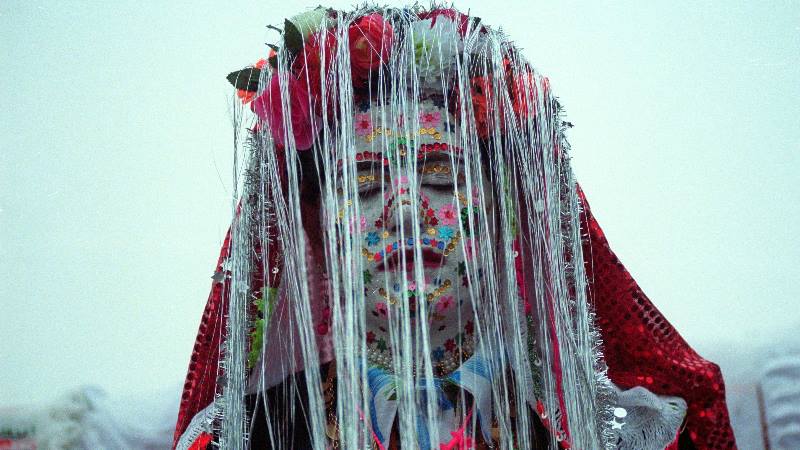
We start in the Eastern half of Europe, Bulgaria to be precise. What you see here is a centuries old tradition from the Ribnovo area of Bulgaria. You won’t see this during the summer months! This is a winter tradition.
Kazakhstan
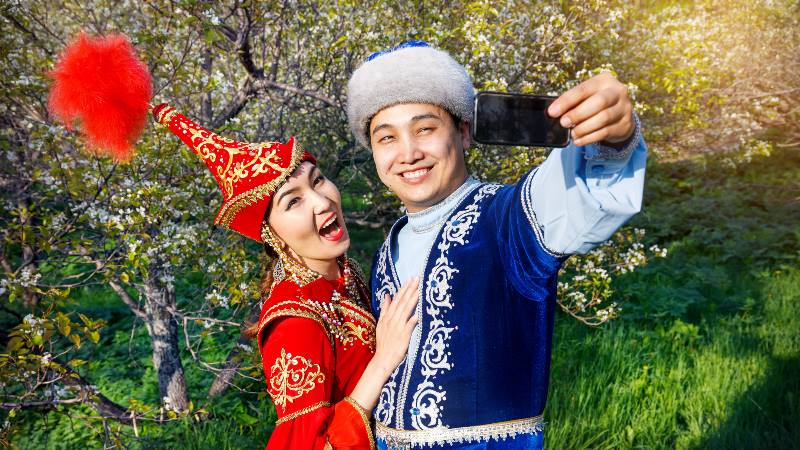
Aside from the wonderful attire. During the wedding ceremony, the couple will drink a bowl of water with dissolved sugar and salt. This is considered a guarantor of a happy family life. We’ll drink to that!
Malaysia
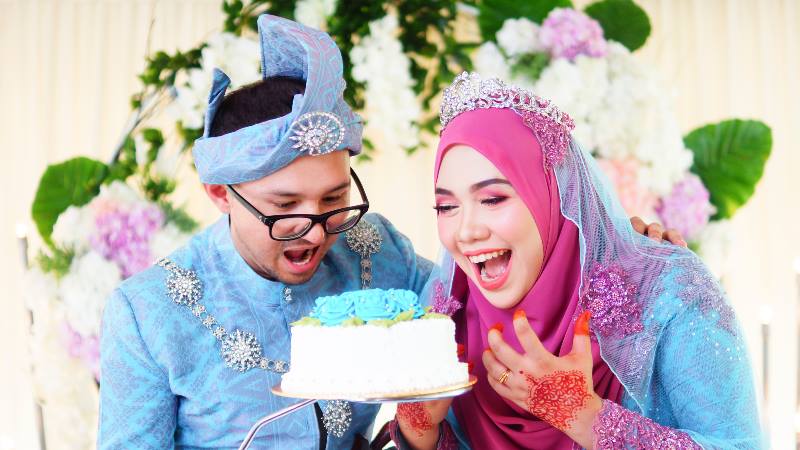
Malaysian culture is made up of many different influences with Chinese to Indian at the forefront. So pinning a traditional style down can be tricky. It just depends on the couples background and religion. It will certainly be colourful, no question!
India
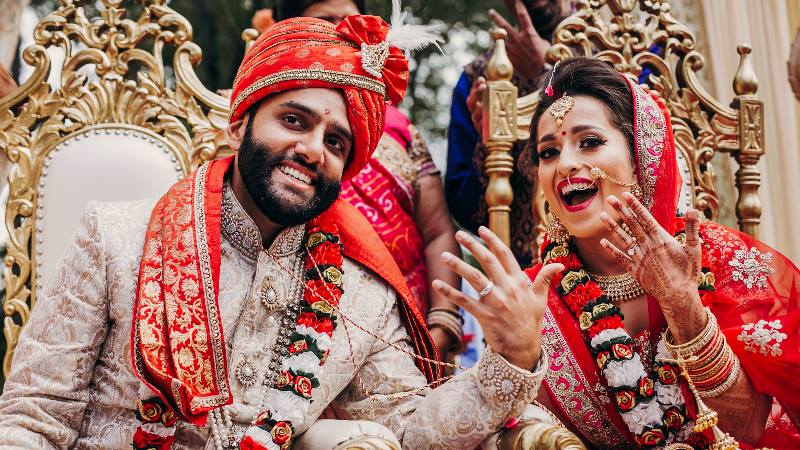
Indian weddings vary depending on their region of origin. Well with over 500 languages and 6,000 dialects that’s not surprising. What you can be guaranteed if you attend one is fun, dancing, good food and the nuptials lasting a few days.
Tibet
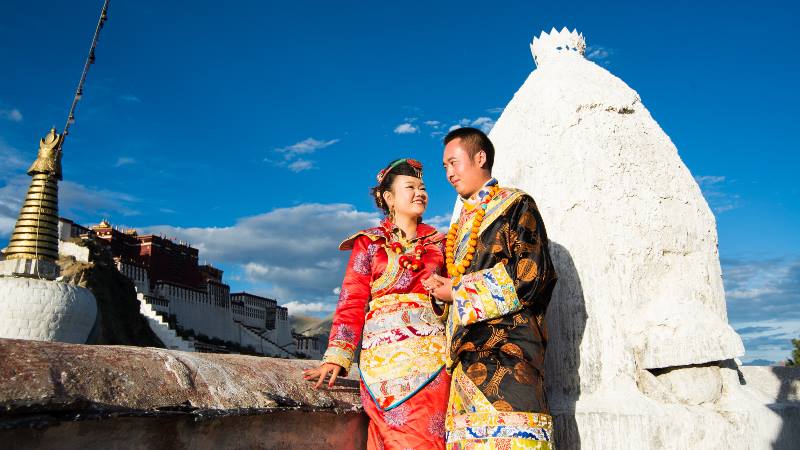
It seems that you’ll need a few days for a Tibetan ceremony. They typically last 2 or 3 days, but have been known to last 30! Might want to book plenty of time off if you’ve been invited to one.
Japan
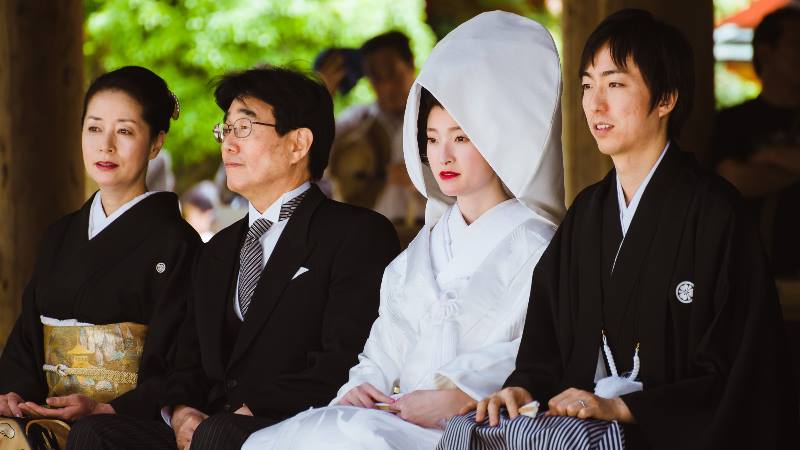
In Japan the colours are more akin to a western style wedding, white for the bride, a darker tone for the groom. That however is where the similarities end! What you will find is that the bride will later change from the white kimono to a colourful one as the day progresses. Typically they will change three times!
China
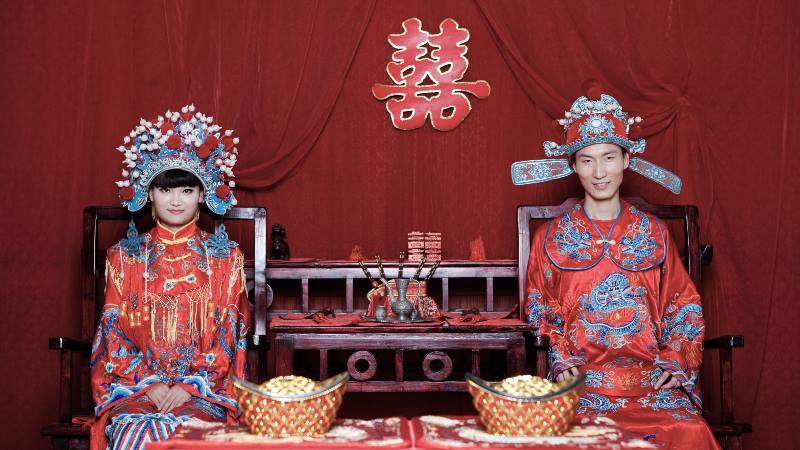
They may be neighbours but the contrast to a traditional Japanese wedding is clear to see. Colour and style make the Chinese ceremony stand out.
I hope this short tour shows just how different a wedding can be from country to country. Isn’t that the beauty of travel though? No two places are the same.
If taking the plunge has opened your eyes then why not take a dip, check out what the world is wearing to the beach next.